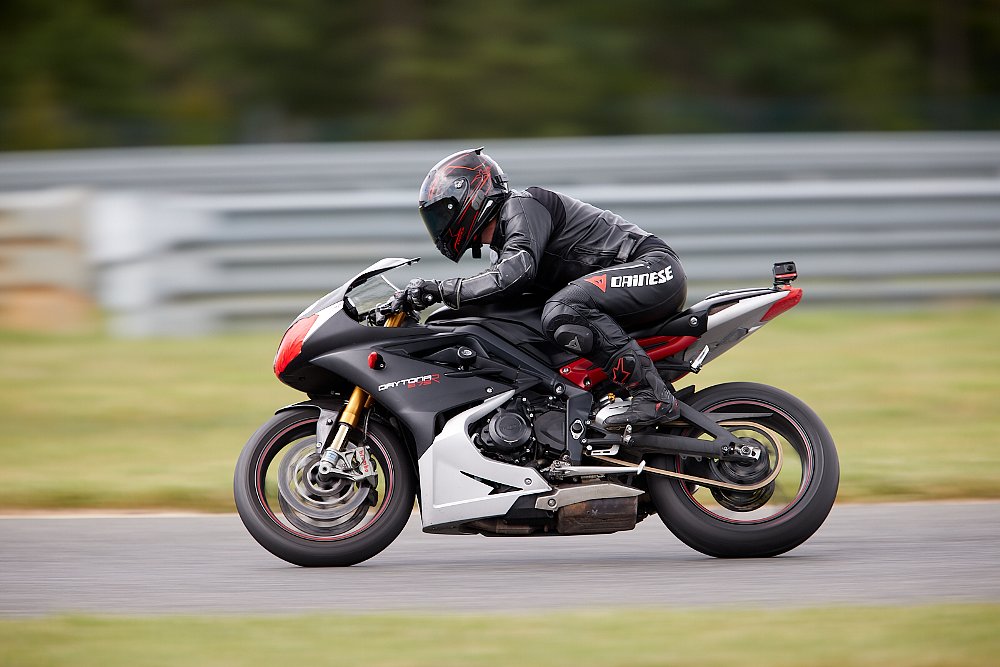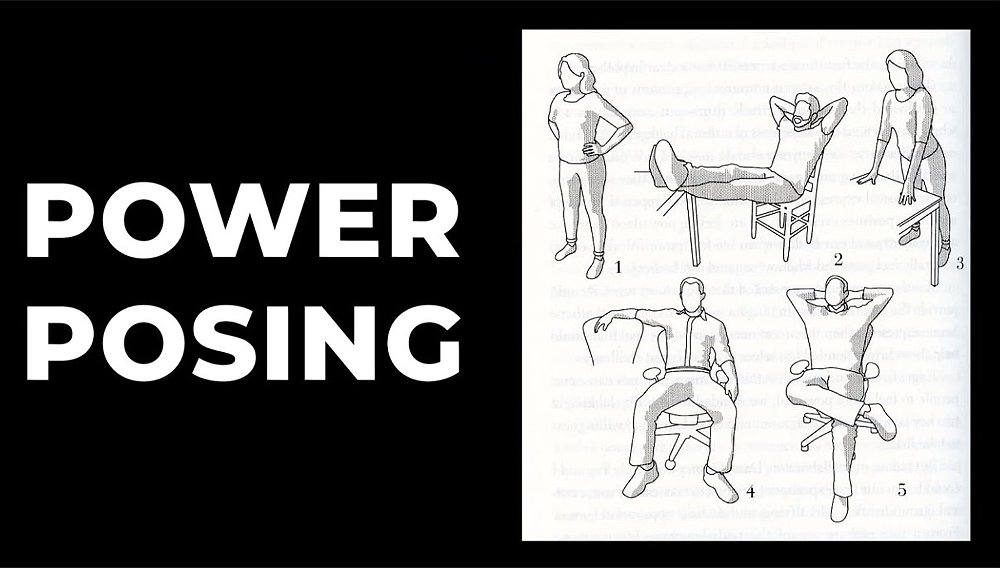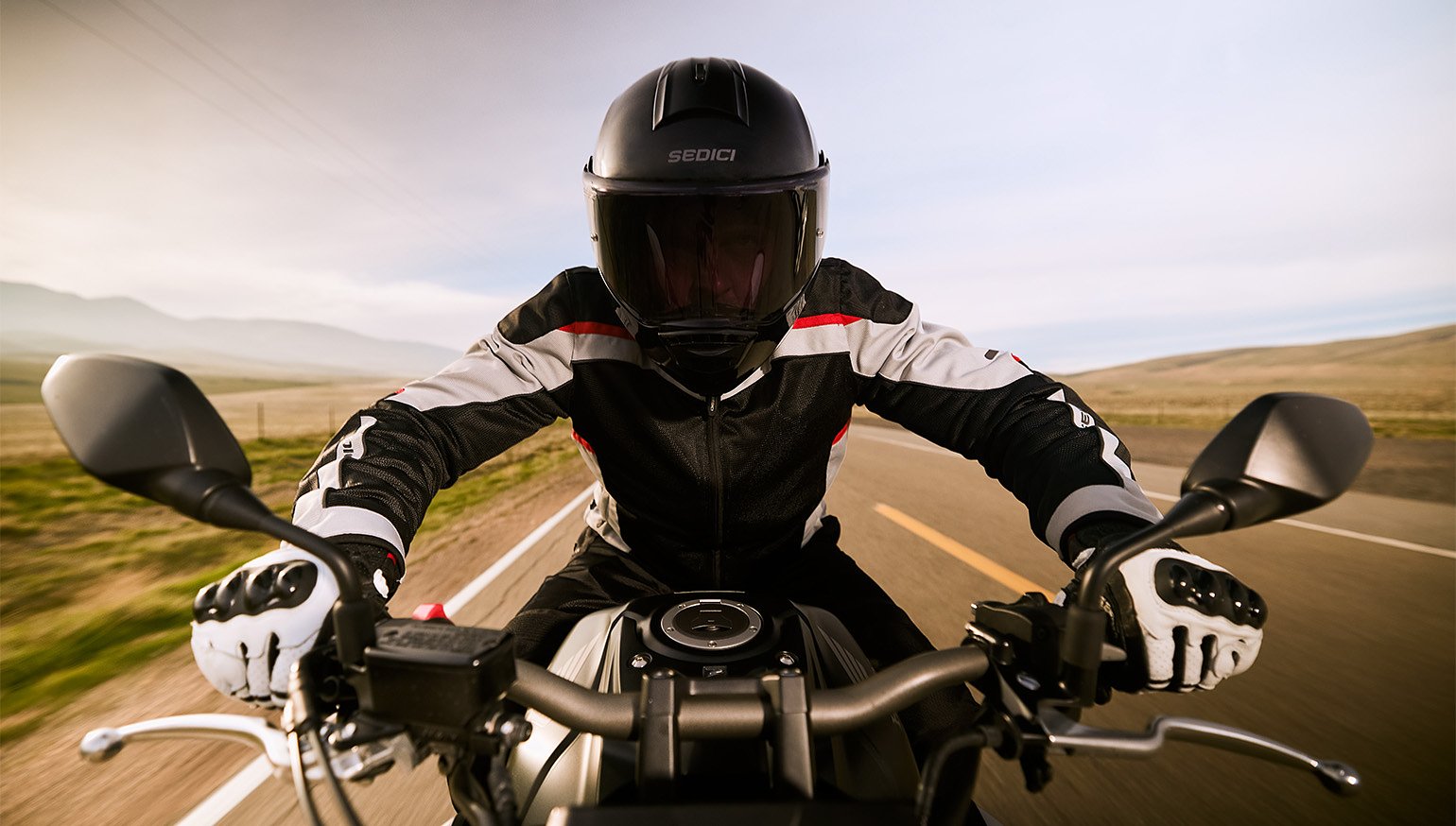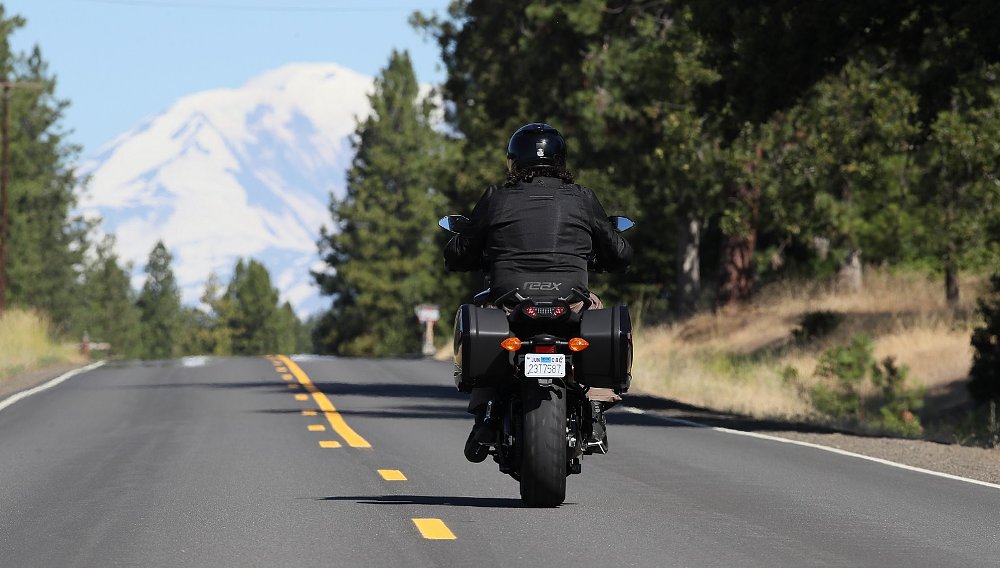Mental health is a trending topic these days. So much so that, in 2019, Harley-Davidson funded a University of California, Los Angeles (UCLA) study on the mental benefits of motorcycling. It found that riding reduces stress levels and improves awareness. In a video titled “Throttle Therapy & Why We Ride | The Science of Motorcycle Stress-relief,” YouTuber Meghan Stark draws parallels between those findings and “power posing,” a concept championed by social psychologist Amy Cuddy.
As a Harvard researcher, Cuddy observed the psychological, neurological, and behavioral differences between subjects asked to hold a high-power, open posture (e.g. power stance) versus a low-power, closed pose (e.g. crossed arms). The results revealed that an expansive stance raised testosterone, lowered cortisol (a stress hormone), and enhanced reward-focus. The inverse was true of those in a contractive position.
Stark adapts that knowledge to motorcycling. Let’s just say I have a few bones to pick with that assertion.
Now, I agree with the gist of the YouTuber’s argument. For me, there’s no feeling like mounting a motorcycle. It’s grounding. At the same time, it’s empowering. But, motorcycling ergonomics are too diverse to fall under both high- and low-power poses. Sure, cruiser and touring riders favor powerful postures, with their limbs stretched before them. The same can be said of off-road riders, who often stand tall on the bike’s pegs for miles on end.
In contrast, Cuddy describes a low-power pose as “folding up” and “making yourself small.” There’s no more accurate depiction of sportbike riding. Fully tucked, the rider hunches into the fetal position. The fastest roadracers in the world adopt that position because it gives them the greatest command of the motorcycle and the ability to go fast. Is there anything "low-power" about aggressively jousting for position at 200 mph or winning a world championship?

That’s the issue with applying social psychology to a physical activity. Whereas the UCLA study expressly addressed the rider's well-being, Cuddy captured her results in a social setting, not a motorcycling setting. Adopting a power stance prior to an interview might help you land a job. No amount of posturing will allow me — an inexperienced dirt bike rider — to land a triple. Experience itself isn’t a cure-all, either. Seasoned racers sometimes struggle to gain confidence with a different chassis setup, even if the bike has the same general riding position.

In the end, power posing is all about cultivating confidence. When it comes to motorcycling, though, confidence comes from being a competent rider, not from striking a “competent stance.” No riding position (whether it be a high- or low-power pose) generates confidence on its own. It has to be backed by both skill and comfort. Once those criteria are met, however, riding is, as Stark puts it, “the perfect way to get centered.”








